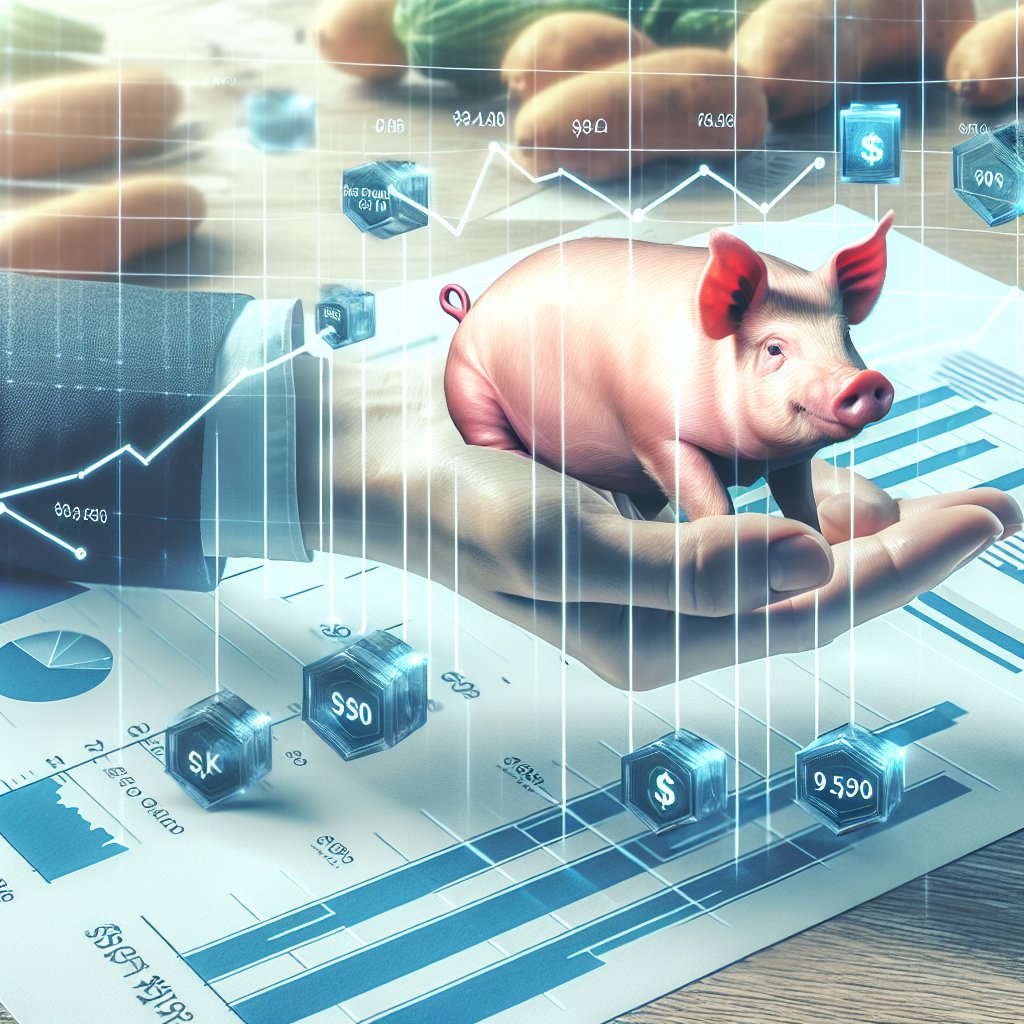The impact of changes in trade policy on pork prices is a critical issue that affects farmers, consumers, and the global market. As countries adjust their trade agreements and tariffs, the dynamics of supply and demand for pork can shift dramatically. This article explores the various factors influencing pork prices in light of evolving trade policies, examining both domestic and international implications.
Understanding Trade Policy and Its Implications
Trade policy encompasses the laws and regulations that a country implements to manage its international trade relationships. These policies can include tariffs, quotas, and trade agreements that dictate how goods, including agricultural products like pork, are imported and exported. Changes in trade policy can have immediate and far-reaching effects on prices, production levels, and market stability.
One of the most significant ways trade policy impacts pork prices is through tariffs. When a country imposes tariffs on imported pork, it raises the cost of foreign products, making domestically produced pork more competitive. Conversely, if a country reduces tariffs or enters into a free trade agreement, it can lead to an influx of cheaper imported pork, which may drive down domestic prices. This fluctuation can create uncertainty for farmers who rely on stable prices to plan their production and investment strategies.
The Role of Supply and Demand
The basic economic principle of supply and demand plays a crucial role in determining pork prices. When trade policies change, they can alter the balance of supply and demand in several ways:
- Increased Supply: If a country opens its borders to imports, the supply of pork in the domestic market may increase. This can lead to lower prices, benefiting consumers but potentially harming local producers.
- Decreased Demand: Changes in trade policy can also affect consumer preferences. For instance, if a country begins importing pork from a region known for lower quality, domestic consumers may shift their preferences, leading to decreased demand for local products.
- Market Volatility: Sudden changes in trade policy can create volatility in the pork market. Farmers may struggle to adapt to rapid price changes, leading to financial instability in the agricultural sector.
Case Studies of Trade Policy Changes
To better understand the impact of trade policy on pork prices, it is helpful to examine specific case studies from recent years. These examples illustrate how shifts in trade agreements and tariffs have influenced the pork market.
U.S.-China Trade Relations
The trade relationship between the United States and China has been particularly influential in shaping global pork prices. In 2018, the U.S. imposed tariffs on Chinese goods, prompting China to retaliate with tariffs on U.S. pork. This led to a significant decline in U.S. pork exports to China, which is one of the largest consumers of pork globally.
As a result, U.S. pork producers faced a surplus in the domestic market, leading to a drop in prices. Farmers were forced to make difficult decisions regarding production levels, with many reducing their herd sizes to cope with the decreased demand. This case highlights how trade tensions can create ripple effects throughout the agricultural sector, impacting not only prices but also the livelihoods of farmers.
European Union Trade Agreements
In contrast, the European Union (EU) has pursued various trade agreements that have opened new markets for its pork producers. For instance, the EU’s trade agreement with Japan in 2019 eliminated tariffs on pork imports, allowing European producers to access a lucrative market. This shift increased demand for EU pork, leading to higher prices for farmers within the bloc.
However, this also raised concerns about the potential impact on domestic markets in Japan, where local producers faced increased competition. The EU’s strategy demonstrates how trade agreements can create opportunities for producers while simultaneously challenging local markets in importing countries.
Future Outlook and Considerations
As global trade dynamics continue to evolve, the future of pork prices will likely be influenced by ongoing changes in trade policy. Several factors will play a crucial role in shaping this landscape:
- Geopolitical Tensions: Ongoing geopolitical tensions can lead to unpredictable changes in trade policy, affecting pork prices and market stability.
- Consumer Preferences: As consumers become more health-conscious and environmentally aware, demand for sustainably produced pork may rise, influencing pricing structures.
- Technological Advancements: Innovations in farming practices and supply chain management can help producers adapt to changing market conditions, potentially stabilizing prices.
Conclusion
The impact of changes in trade policy on pork prices is a complex issue that requires careful consideration of various economic factors. As countries navigate the challenges of international trade, the implications for pork producers and consumers will continue to evolve. Understanding these dynamics is essential for stakeholders in the agricultural sector to make informed decisions and adapt to the changing landscape of global trade.




